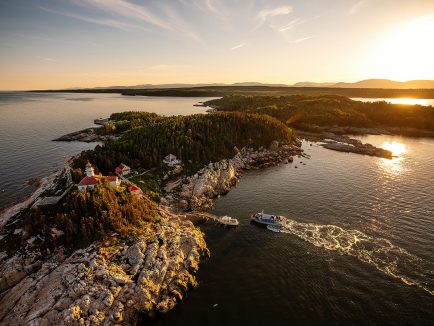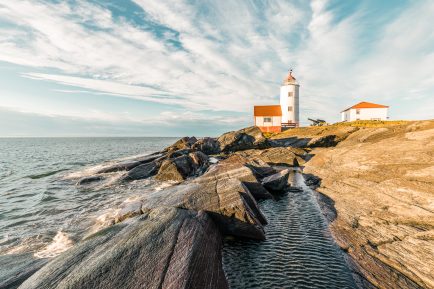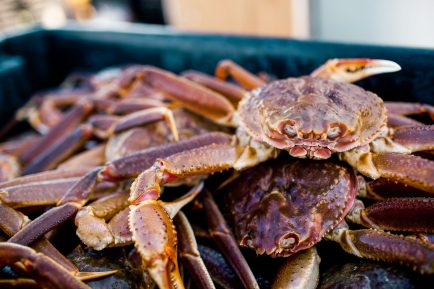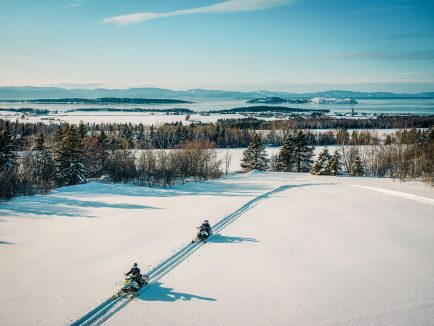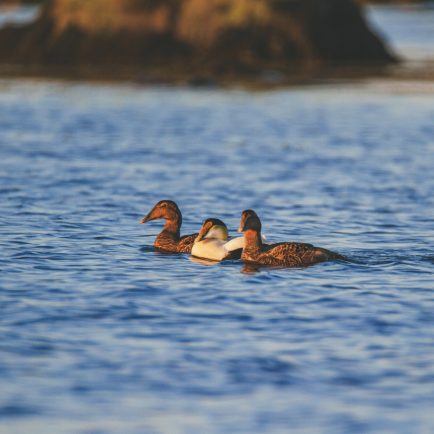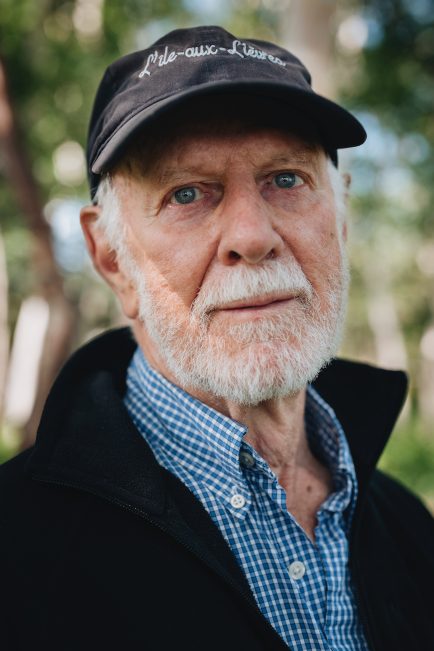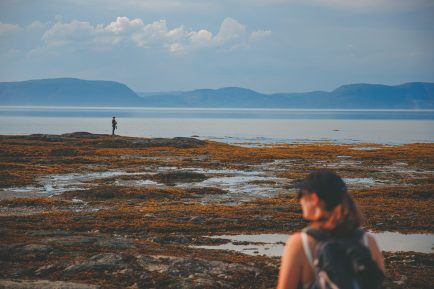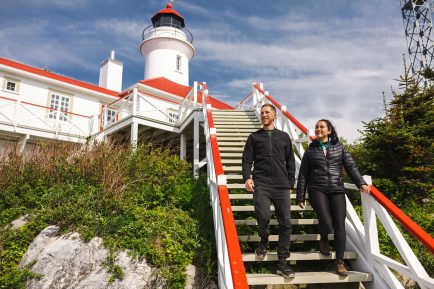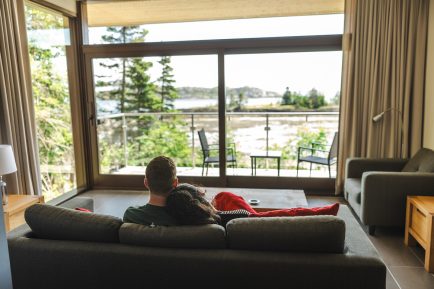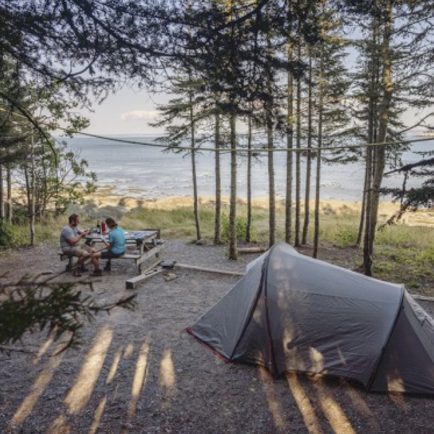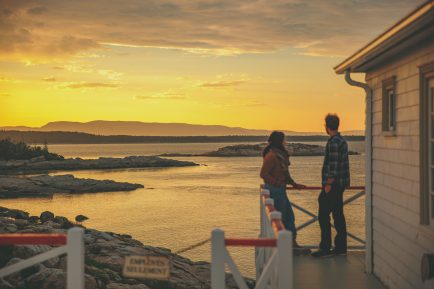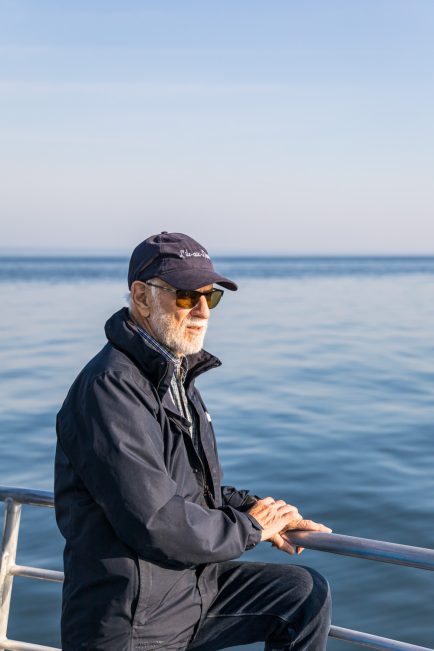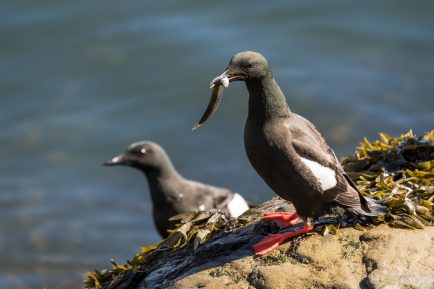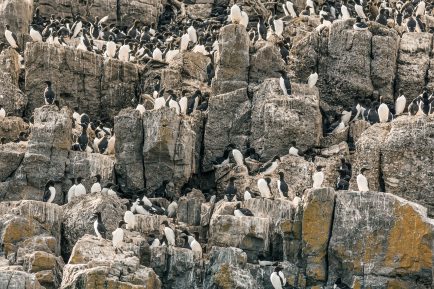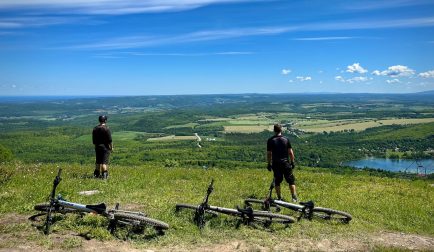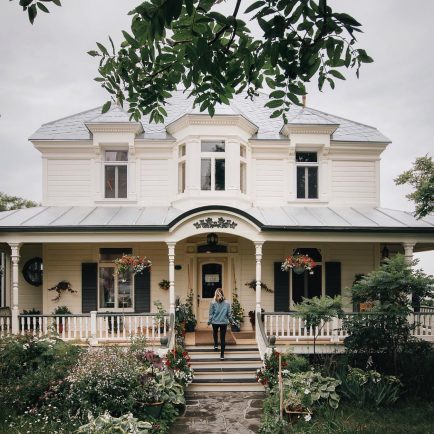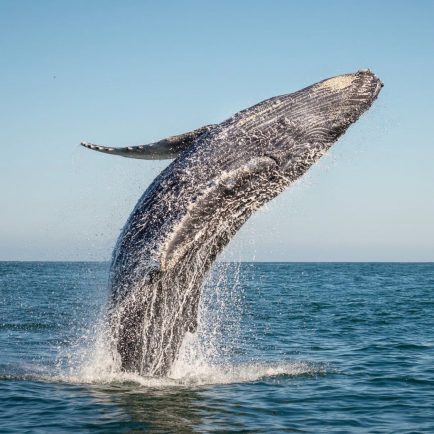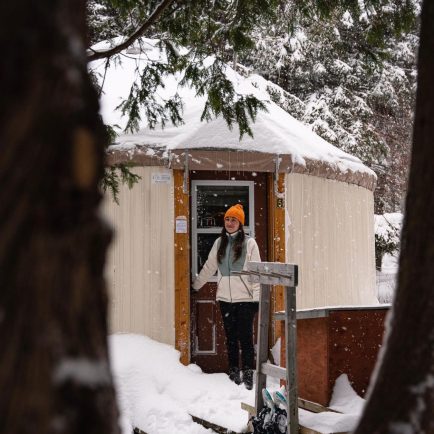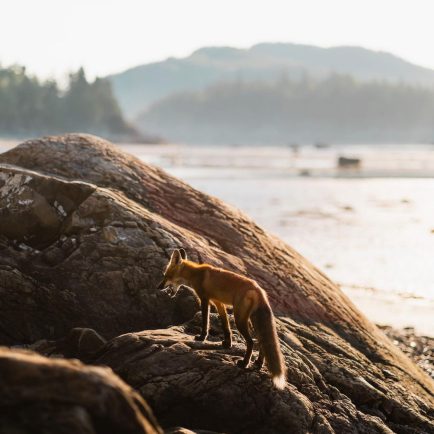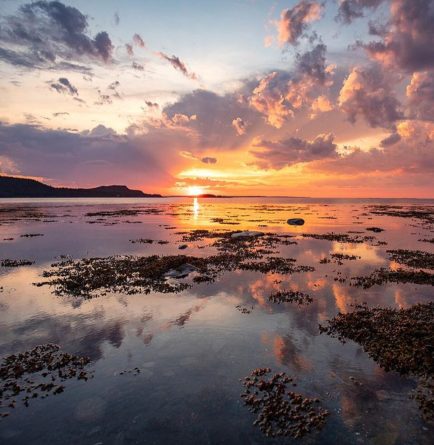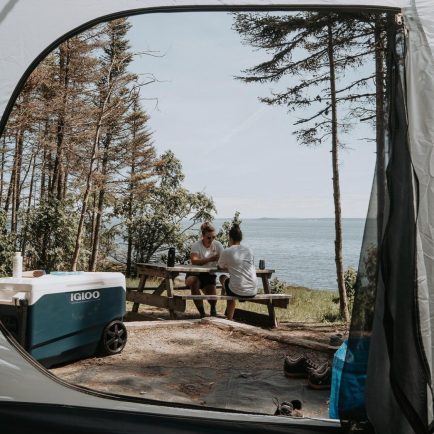My Favorites
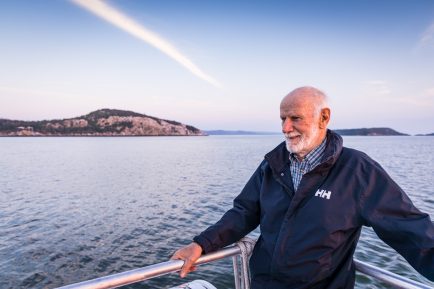
Jean Bédard, the man behind Société Duvetnor

Rédaction
Nathalie Le Coz, shares with us his encounters with Lower Laurentians who have forged their own paths.
Punctual, upright posture, direct gaze. We find a bench in the sun under a chilly northerly wind. At the Pointe de Rivière-du-Loup, where the river, its islands and the mountains on the other shore invade our field of vision, Jean Bédard looks away into the horizon. He’s ready to share a few episodes from his life. Preferably those that throw him into action.
At 86 years of age, the man is just about ready to put aside some of the hard-fought battles to devote himself to other projects more within his grasp. He’s busy with his legacy. First of all, he writes. He wants to record his views and the stages of his fight to conserve the islands that stretch out in front of us, and the seabirds that nest there.
By the way! Readers who have stayed or will stay on Île aux Lièvres, or at the Îles du Pot à l’Eau-de-Vie lighthouse, know that you owe this adventure to the man in question. His entrepreneurial story began in 1979, when he founded Société Duvetnor and obtained a permit from Environment Canada to collect the down from the thousands of eider nests concentrated on the islands.
The company began work the following spring, in exchange for field research and data on bird populations. The market for this top-quality down, exported to Germany and Japan, would enable the purchase of a first boat and, above all, the islands to be protected from any real estate, industrial or commercial development.
Between 1984 and 1986, Duvetnor acquired the Pèlerins islands in front of Saint-André-de-Kamouraska, the Îles du Pot à l’Eau-de-Vie and, finally, Île aux Lièvres, the keystone of the seabird ecosystem in the Upper Estuary.
The idea of opening up the islands to tourism developed gradually, and only came to fruition some ten years later. A forerunner in the field of ecotourism, Duvetnor allowed access to the island and limited traffic after the nesting period, when the young chicks were already floating in the coves under adult supervision.
From a few initial campsites, the facilities now include eight cottages and a nine-person hostel. Occasional visitors and enthusiasts to Île aux Lièvres don’t fall into the mass tourism category. They are often travelers who admit they’ve never seen anything like it anywhere else.
Let’s put it this way… a stay on the island, just a few kilometers from Rivière-du-Loup and the coast, in the middle of swarms of birds, is a unique experience during which time follows only the succession of tides, days and nights.
Current and connected, Jean Bédard is a visionary. His informed opinions are backed by a university education, decades of teaching, research and field observation. With a PhD in Bering Sea seabirds, this leader is backed by a strong board of directors that includes specialists in biology and management.
To the question “Is the Saint-Laurent river healthy?”, the answer is unfortunately stated without compromise. Although the seabird population is still robust, the aquatic fauna is in bad shape. There are no more herring, and mackerel are in danger. We’re losing the shrimp to the growing redfish … but only for a while. There’s also talk of a lack of oxygen in the river’s deep waters. What will be left for the beluga to eat soon?
Jean Bédard’s concern is well-founded. However, resisting commonplaces and preconceived ideas, he doesn’t subscribe to the panoply of overdue regulations that are supposed to safeguard certain species. His long-standing conservation work influences his own reading of the situation.
And how are we to interpret the will of a man who is still working on a “Discovery of the Estuary” package project for 2025? What do expect from a man who is proud of his team, and whose ten or so employees have been loyal to him for almost 20 years? He certainly displays both the impatience and confidence of a man of action.
Readers, note that Jean Bédard is currently working on a book that will tell you all about the river and its islands, its users of all kinds, their battles and controversies, its birds by the hundreds of thousands, all over a 40-year horizon. Watch for it in bookshops. It’s sure to be a must-have!
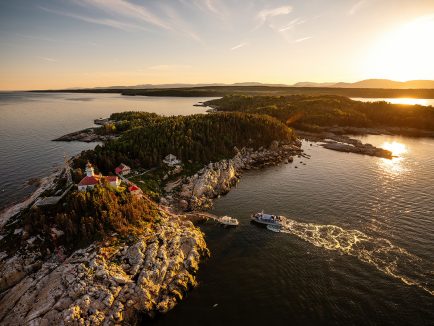
Excursion en mer - Société Duvetnor
200, rue Hayward,
Rivière-du-Loup,
Québec G5R 3Y9
T. 4188671660
Société Duvetnor
200, rue Hayward,
Rivière-du-Loup,
Québec G5R 3Y9
T. 4188671660
Did you like this article?
You might also be interested in these
@BasSaintLaurent
Include the #BasSaintLaurent hashtag on your posts or tag us when you share your favourite photos and highlights of your trip!

